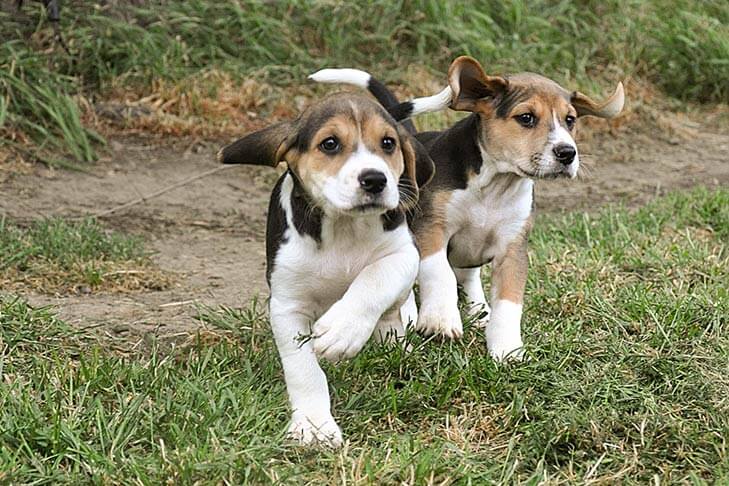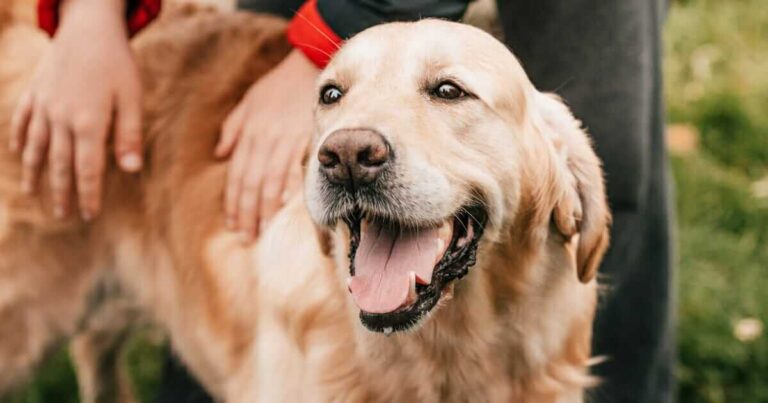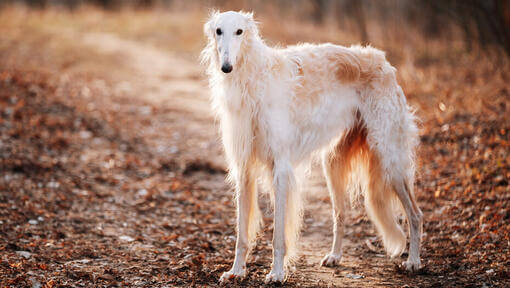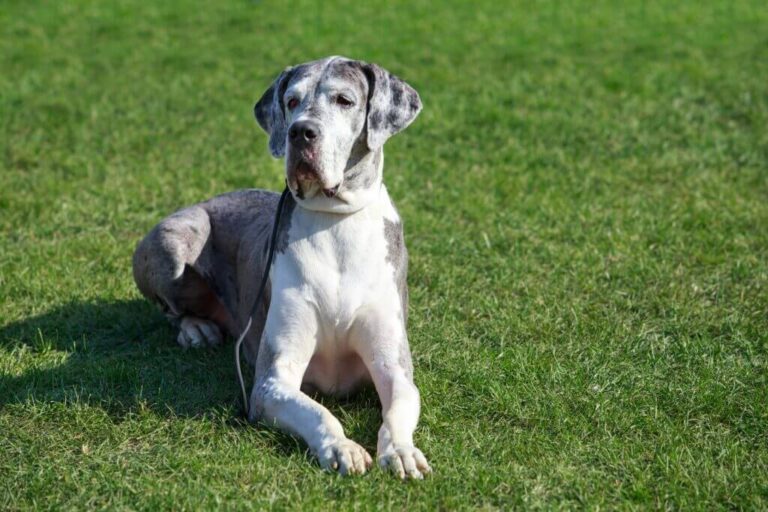Harrier Dog Breed | Description, Temperament, Lifespan, & Facts
The Harrier Dog Breed, known for its hunting prowess and amiable personality, is a versatile and loyal companion. Originating from England, Harriers are a medium-sized hound with a history that dates back to the 13th century. Renowned for their stamina, keen sense of smell, and friendly disposition, Harriers are cherished by hunters and families alike.
Contents
Harrier Dog Breed Description
Harrier dogs are often described as a larger version of the Beagle or a smaller version of the English Foxhound. They have a sturdy build, with a well-balanced and athletic appearance.
- Size and Weight: Males and females typically weigh between 45 to 60 pounds and stand about 19 to 21 inches tall at the shoulder.
- Coat Type and Color: Harriers have a short, dense coat that is easy to groom. They come in a variety of colors, commonly seen in tricolor (black, white, and tan), but also in other hound colors.
Harrier History and Origin

The Harrier’s lineage can be traced back to the medieval times when they were bred for hunting hares in England. Their name is derived from the Norman word “harier,” meaning hound or dog. The breed was developed to track hares over long distances and rough terrain, making them indispensable to hunters. The Harrier Club of America acknowledges the breed’s contributions to the hunting traditions of England, noting the establishment of the first Harrier pack by Sir Elias de Midhope in 1260.
Temperament and Personality
Harriers are known for their friendly and outgoing nature. They are pack animals at heart, which makes them great with other dogs and family members.
- Interaction with Family and Children: Harriers are affectionate and playful, making them excellent companions for children. They thrive in environments where they receive plenty of social interaction.
- Behavior with Other Pets: Their hunting instincts might make them a bit too enthusiastic around smaller pets, but with proper socialization, they can coexist peacefully.
Lifespan and Health

Harriers typically live between 12 to 15 years, enjoying generally good health. However, like all breeds, they are prone to certain health issues.
- Common Health Issues: Some of the common health concerns include hip dysplasia, ear infections, and hypothyroidism. Regular veterinary check-ups and a healthy lifestyle can help mitigate these risks.
- Preventative Care and Regular Check-Ups: Regular health screenings, a balanced diet, and appropriate exercise are essential to maintaining their well-being.
Living Needs
Harriers are adaptable but require a lifestyle that meets their exercise needs and hunting instincts.
- Ideal Living Conditions: They do well in homes with large, secure yards where they can run and play. They are not suited for apartment living due to their high energy levels.
- Exercise Requirements: Harriers need plenty of physical activity to stay healthy and happy. Daily walks, playtime, and opportunities to engage in scent-tracking activities are recommended.
- Grooming and Maintenance: Their short coat is low maintenance. Weekly brushing and regular ear cleaning are usually sufficient to keep them looking their best.
Training and Socialization
Training a Harrier requires patience and consistency. Their intelligence and eagerness to please make them responsive to positive reinforcement techniques.
- Training Techniques: Early training and socialization are crucial. Use positive reinforcement methods such as treats and praise to encourage good behavior.
- Importance of Early Socialization: Exposure to different environments, people, and other animals from a young age helps Harriers develop into well-rounded adults.
- Common Training Challenges and Solutions: Harriers can be stubborn and independent. Consistency, patience, and keeping training sessions fun and engaging can help overcome these challenges.
Diet and Nutrition
A balanced diet is vital for the overall health of a Harrier.
- Nutritional Needs: High-quality commercial dog food or a veterinarian-approved homemade diet ensures they get the necessary nutrients.
- Recommended Diet: Look for foods that list meat as the first ingredient and avoid fillers like corn and soy.
- Foods to Avoid: Chocolate, grapes, and excessive table scraps should be avoided as they can be harmful to dogs.
Harrier in Competitions and Activities
Harriers excel in various canine sports and activities due to their agility and keen sense of smell.
- Participation in Dog Sports: Activities like agility, obedience trials, and scent work are great ways to keep a Harrier mentally and physically stimulated.
- Achievements and Recognitions: Harriers have a history of performing well in competitions and have earned numerous titles and recognitions in various dog sports.
- Suitable Activities for Harriers: Engaging them in scent-tracking games, long walks, and hikes can help satisfy their hunting instincts.
Harrier Breed FAQs
Are Harriers good with children?
Yes, they are known for their friendly and playful nature, making them great companions for children.
Do Harriers get along with other pets?
With proper socialization, they can coexist peacefully with other pets.
How much exercise do Harriers need?
They require substantial daily exercise to keep them healthy and happy.
Conclusion
The Harrier Dog Breed is a wonderful blend of hunting prowess and family-friendly temperament. Their history, versatility, and loyal nature make them a cherished companion for the right family. If you are looking for a dog that is energetic, affectionate, and always ready for an adventure, the Harrier might just be the perfect fit.
- Golden Retriever Pros and Cons: What Every Pet Parent Should Know - 15 September 2025
- Cane Corso Dog Breed: Health, Care, and Lifespan - 14 September 2025
- Catahoula Leopard Dogs: Description, Temperament, Lifespan, & Facts - 21 July 2025







